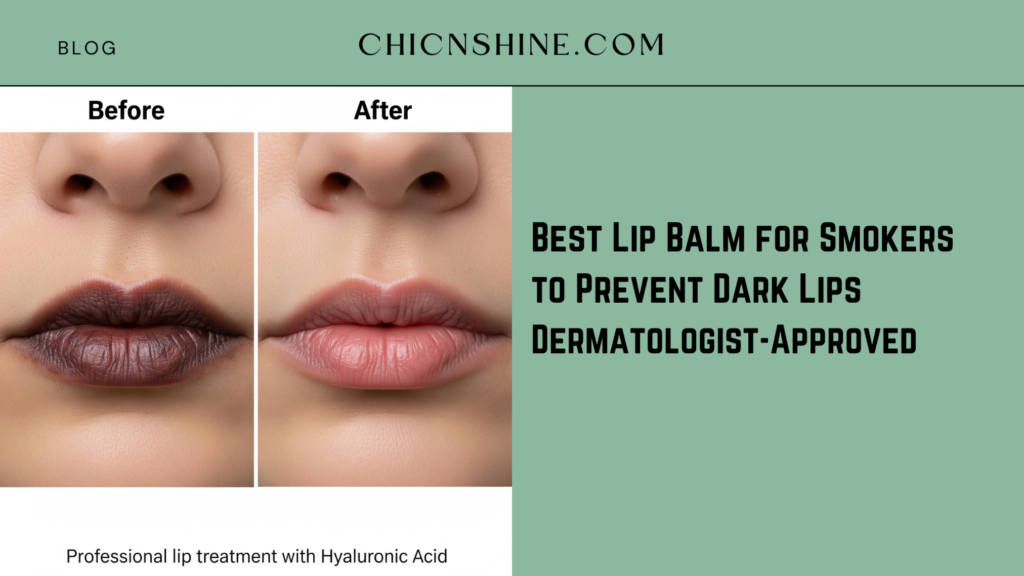As someone who has worked with numerous patients struggling with smoking-related lip discoloration, I understand the challenge of finding the best lip balm for smokers. The constant exposure to nicotine, heat from cigarettes, and repetitive lip friction contributes to persistent pigmentation—issues that ordinary lip products often fail to treat effectively. That’s why choosing a balm specifically formulated to address these concerns is essential for restoring softness and natural color.
Through my research and clinical experience, I’ve identified specific ingredients and formulations that not only protect lips during smoking but actively work to reverse existing nicotine stains. These dermatologist-approved solutions target the root causes of lip darkening while providing essential moisture and protection.
Understanding Nicotine-Induced Lip Darkening
Nicotine staining occurs through multiple mechanisms that standard lip care products fail to address. The heat from cigarettes increases melanin production in lip tissue, while nicotine itself deposits pigments that accumulate over time. Additionally, the repetitive motion of smoking causes chronic irritation, leading to post-inflammatory hyperpigmentation.
The most effective treatments combine barrier protection with active lightening ingredients. I recommend products containing vitamin C, kojic acid, or hydroquinone derivatives that can penetrate lip tissue and break down existing pigmentation while preventing new stains from forming.
Essential Ingredients for Stain Reversal
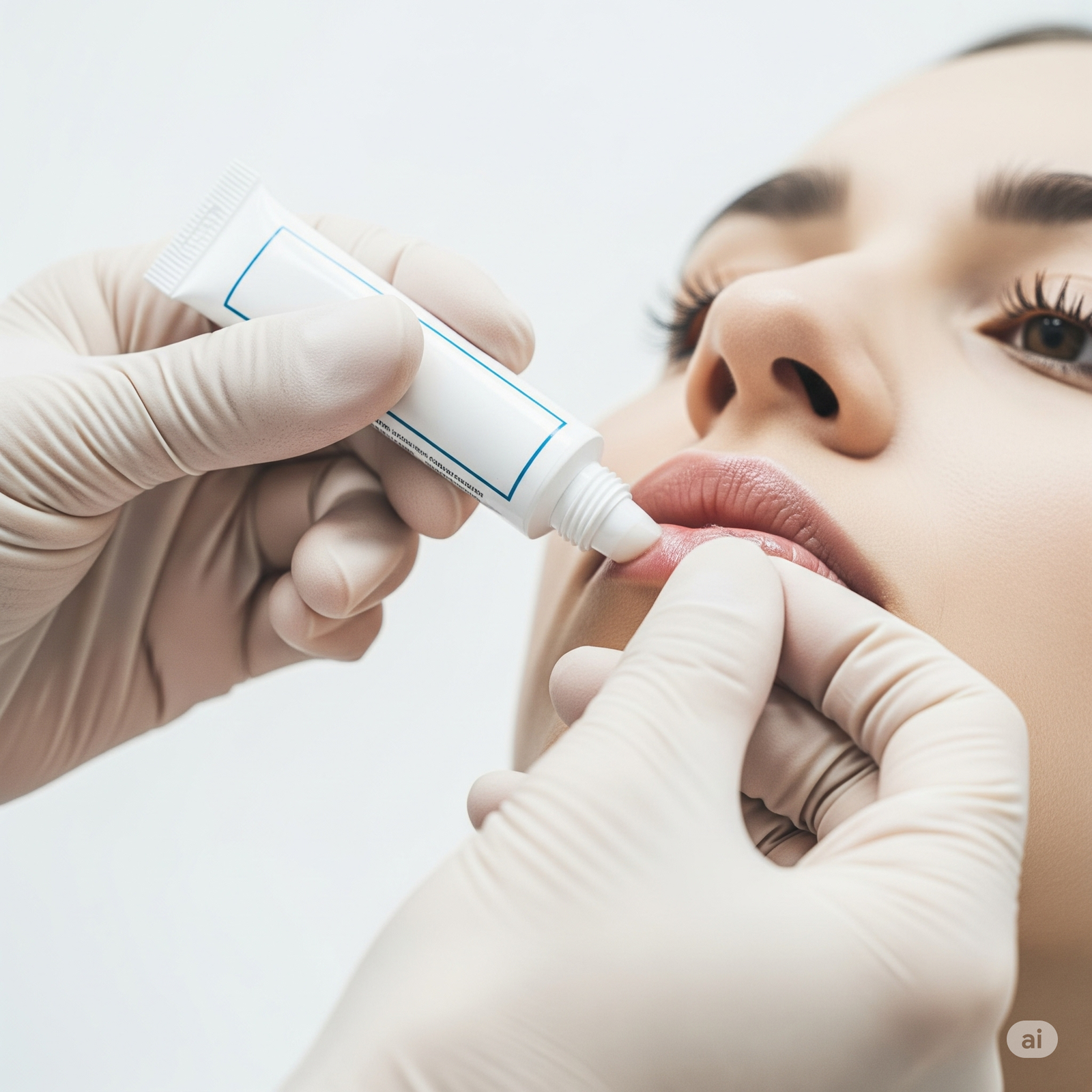
Vitamin C remains one of the most effective ingredients for reversing nicotine stains. L-ascorbic acid and magnesium ascorbyl phosphate work by inhibiting tyrosinase, the enzyme responsible for melanin production. Moreover, vitamin C provides antioxidant protection against the free radical damage caused by smoking.
Kojic acid offers another powerful approach to stain removal. This naturally derived ingredient blocks melanin synthesis and has proven particularly effective for tobacco-related pigmentation. I often recommend products combining kojic acid with glycolic acid for enhanced penetration and faster results.
Hydroquinone derivatives, while requiring careful use, provide the most dramatic results for severe nicotine staining. These prescription-strength ingredients should only be used under dermatological supervision but can significantly lighten even long-standing tobacco stains.
Professional-Grade Formulations
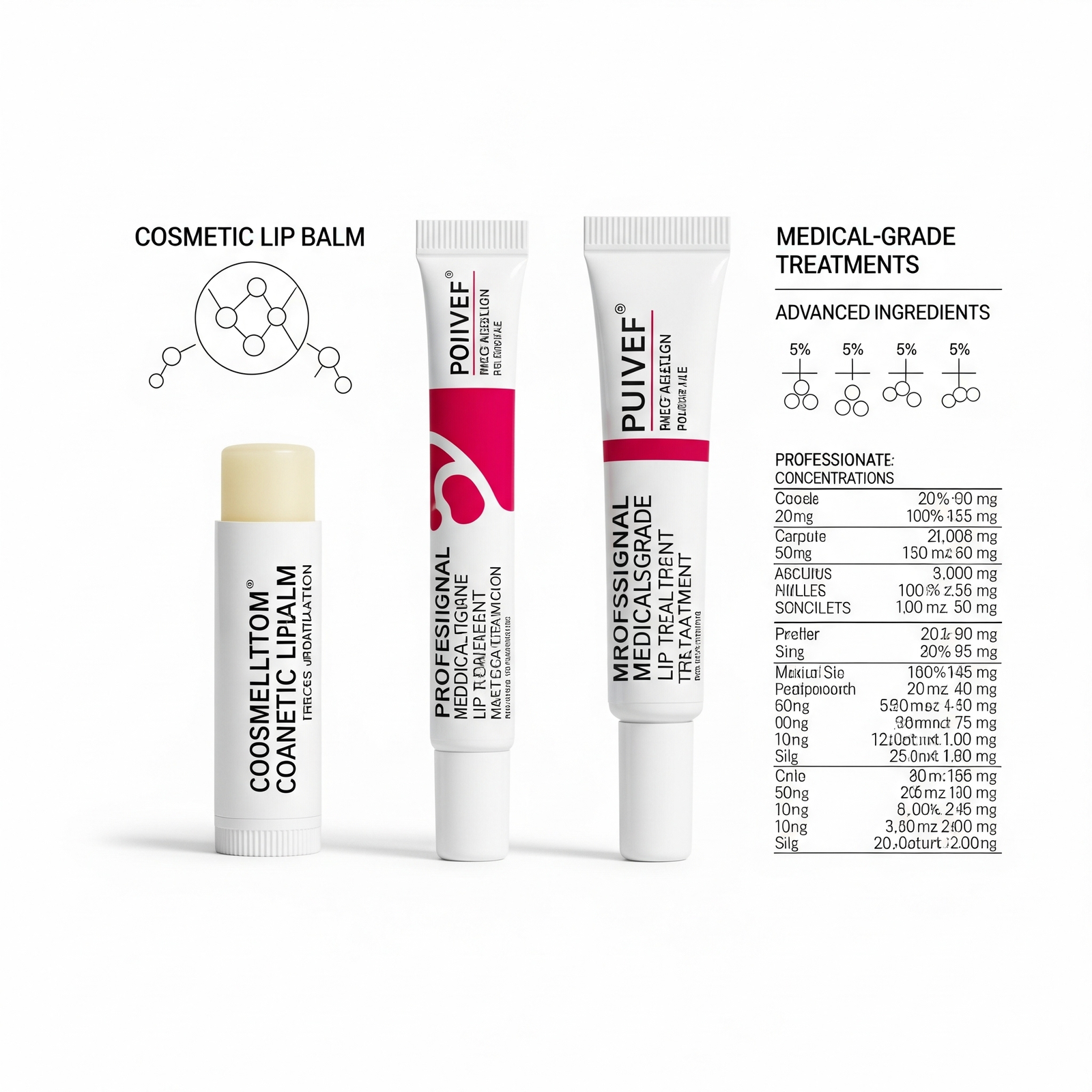
Medical-grade lip treatments differ significantly from cosmetic products in their concentration of active ingredients and delivery systems. Professional formulations use liposomal technology to enhance ingredient penetration, ensuring active compounds reach deeper layers of lip tissue where staining occurs.
I frequently prescribe custom compounded lip treatments that combine multiple lightening agents with healing ingredients like ceramides and hyaluronic acid. These formulations address both the aesthetic concerns of staining and the underlying tissue damage caused by chronic smoking exposure.
Additionally, professional treatments often incorporate retinoids, which accelerate cell turnover and help shed pigmented cells more rapidly. However, retinoid-containing lip products require careful application and sun protection due to increased photosensitivity.
Daily Protection Strategies
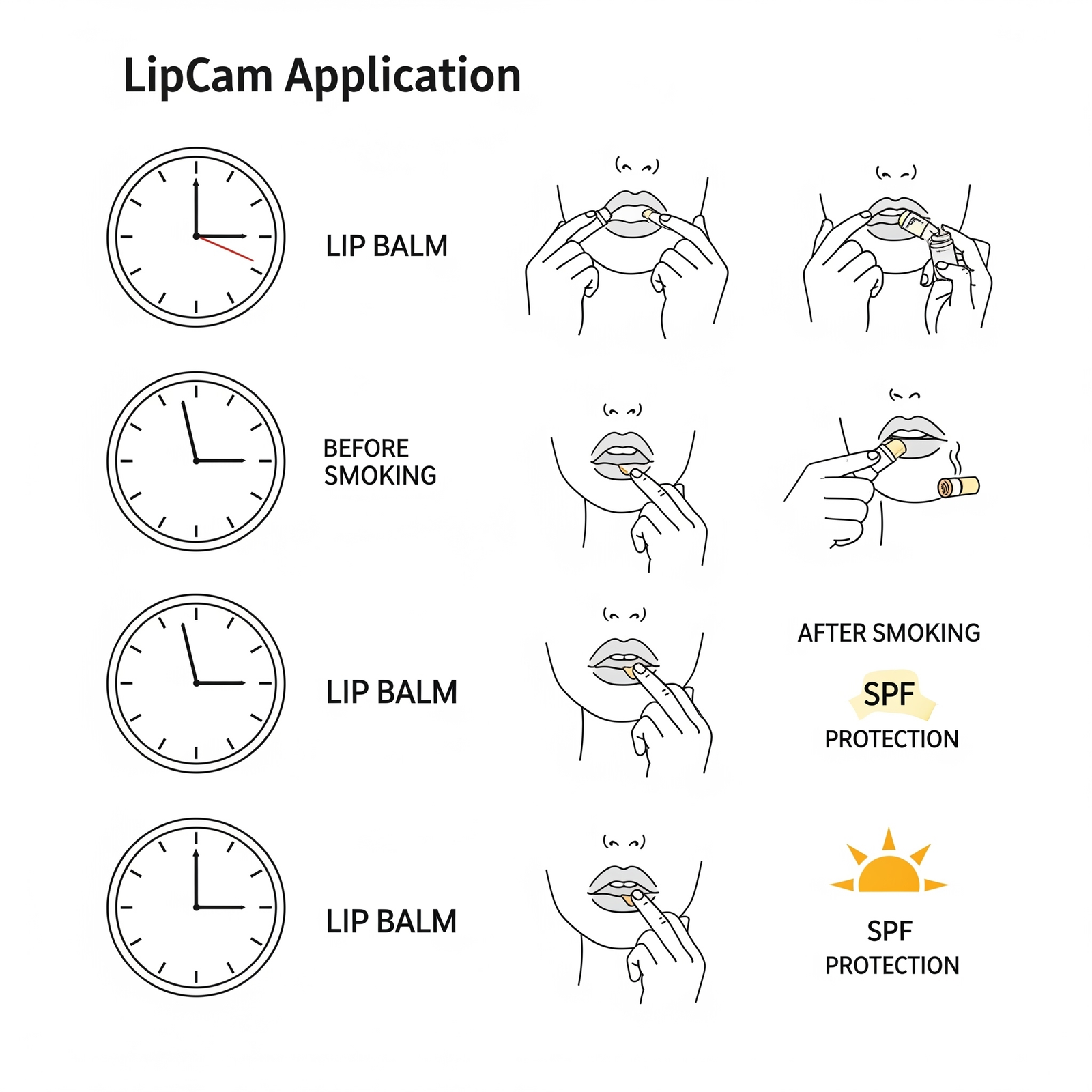
Prevention remains crucial even while treating existing stains. I recommend applying protective lip balm before smoking and reapplying immediately afterward to minimize direct nicotine contact with lip tissue. Products containing zinc oxide or titanium dioxide provide physical barrier protection against heat and smoke.
Antioxidant-rich formulations help neutralize the oxidative stress caused by smoking. Ingredients like vitamin E, green tea extract, and resveratrol protect cellular structures and prevent additional damage while existing stains are being treated.
Furthermore, consistent hydration supports the natural healing process and helps maintain healthy cell turnover. I advise patients to apply moisturizing treatments at least four times daily, focusing on products with occlusive ingredients that create lasting barrier protection.
- Also Read – DIY Face Masks for Clear Skin: My Journey with Kitchen Ingredients and Traditional Indian Skincare Secrets
Clinical Treatment Protocols
For severe nicotine staining, I implement a multi-phase treatment approach. The initial phase focuses on gentle exfoliation using alpha hydroxy acids to remove surface pigmentation and prepare lips for lightening treatments. This typically involves glycolic acid applications twice weekly for two to three weeks.
The second phase introduces active lightening ingredients gradually to avoid irritation. I start with lower concentrations of vitamin C or kojic acid and increase potency based on patient tolerance. This phase typically lasts six to eight weeks with careful monitoring for adverse reactions.
The maintenance phase involves continued use of protective and mildly lightening formulations to prevent stain recurrence. Patients continue using antioxidant-rich lip balms daily while incorporating lightening treatments two to three times weekly.
Ingredient Combinations That Work
The most effective stain-reversing formulations combine multiple mechanisms of action. Vitamin C paired with niacinamide provides both lightening and anti-inflammatory benefits while supporting overall lip health. This combination works synergistically to address both pigmentation and tissue damage.
Alpha arbutin combined with licorice root extract offers a gentler approach suitable for sensitive lips. These natural lightening agents work gradually but consistently to fade stains without causing irritation or excessive dryness.
For faster results, I sometimes recommend alternating between different active ingredients. Patients might use a kojic acid treatment in the morning and a vitamin C formulation at night, maximizing exposure to different lightening mechanisms.
Safety Considerations and Side Effects
While treating nicotine stains, monitoring for adverse reactions remains essential. Lightening ingredients can cause initial irritation, dryness, or mild peeling as they increase cell turnover. These effects typically subside within one to two weeks of consistent use.
Photosensitivity is a common concern with many lightening ingredients. I always recommend using broad-spectrum lip balms with SPF 30 or higher during treatment, regardless of season or weather conditions. Sun exposure can worsen pigmentation and counteract treatment benefits.
Additionally, some patients experience temporary increased sensitivity to hot foods, beverages, or spicy ingredients during treatment. I advise modifying diet temporarily and avoiding irritating substances that could compromise the healing process.
Expected Timeline and Results
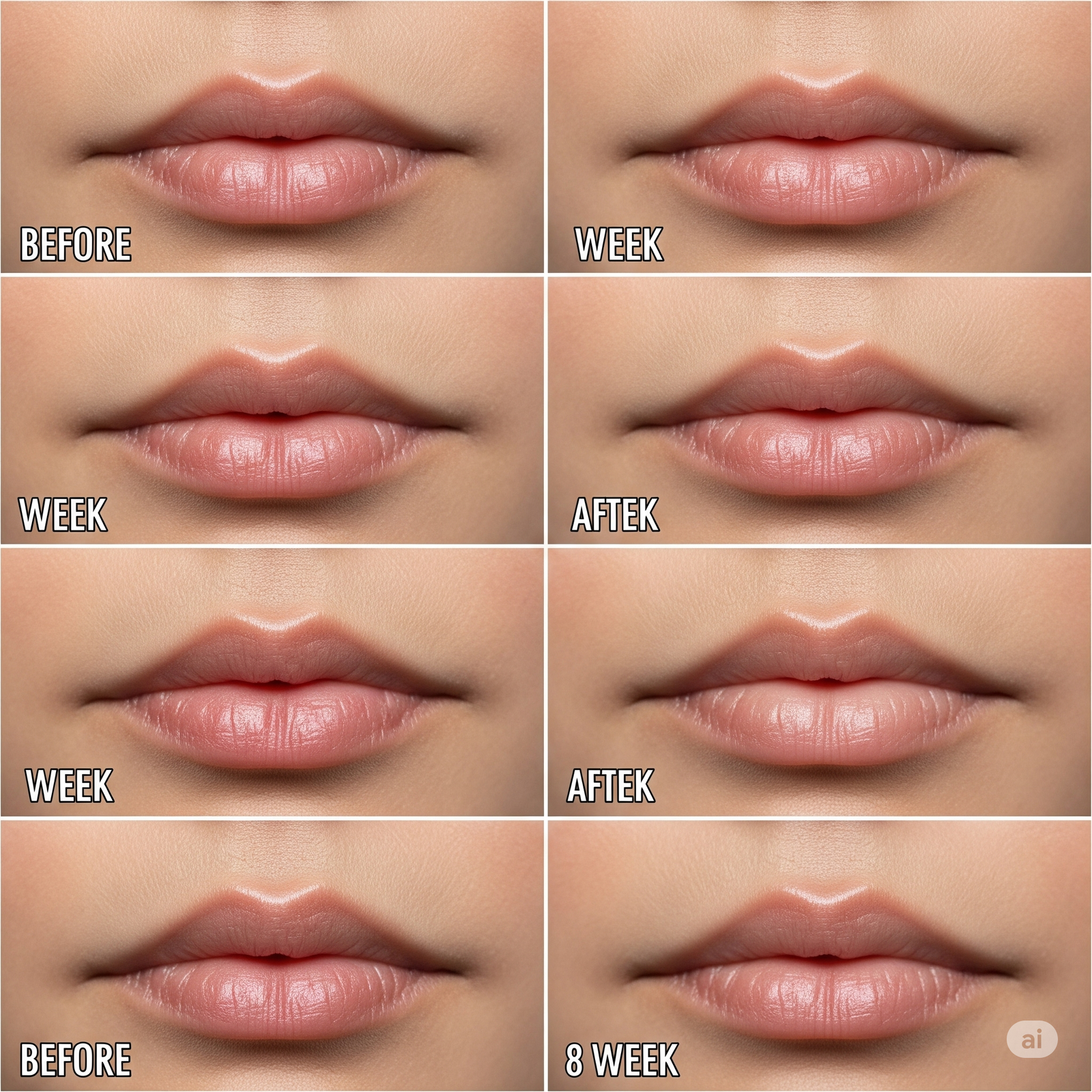
Realistic expectations are crucial for successful treatment outcomes. Most patients begin seeing subtle improvements within three to four weeks of consistent use, with more noticeable changes appearing after six to eight weeks of treatment.
Severe, long-standing nicotine stains may require three to six months of consistent treatment to achieve optimal results. However, even patients with decades of smoking history can see significant improvement with proper product selection and adherence to treatment protocols.
Maintenance becomes essential once desired results are achieved. Most patients need to continue using lightening treatments two to three times weekly indefinitely to prevent stain recurrence, especially if smoking continues.
FAQs
Can lip balm reverse years of nicotine staining?
Yes, dermatologist-approved lip balms with active lightening ingredients like vitamin C and kojic acid can significantly fade nicotine stains over time. Results typically appear within 6-8 weeks of consistent use.
Is it safe to use lightening lip balms while still smoking?
Professional-grade lightening lip balms are formulated to be safe during continued smoking. However, the best results occur when combined with smoking cessation efforts.
How often should I apply stain-reversing lip balm?
Most dermatologists recommend applying lightening lip treatments twice daily, with protective lip balm reapplied throughout the day, especially before and after smoking.
Are there any side effects from using medical-grade lip treatments?
Mild irritation, dryness, or peeling may occur initially as your lips adjust to active ingredients. These effects typically subside within 1-2 weeks.
User Insights from Health Communities
Based on discussions from Reddit’s r/stopsmoking and health forums, many users report success with the consistent application of vitamin C serums adapted for lip use. The community emphasizes that patience and consistency are key factors in achieving results.
Quora discussions reveal that smokers who combine professional treatments with good oral hygiene see faster and more lasting results. Many users recommend applying treatments immediately after smoking to minimize stain development.
